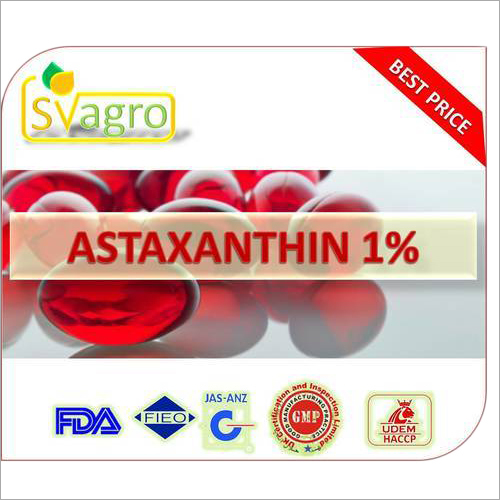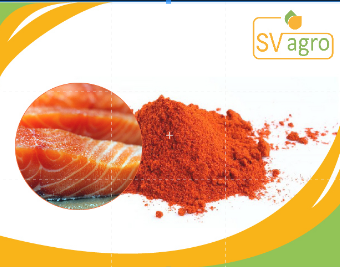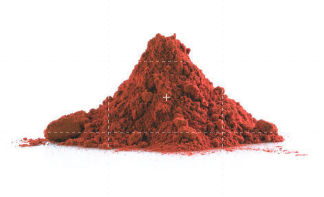


Astaxanthin Extract
7000 INR/Kilograms
Product Details:
- Usage Commercial
- Ingredients Herbal Extract
- Form Powder
- Shelf Life 2 Years
- Storage Instructions Cool and Dry Place
- Click to View more
X
Astaxanthin Extract Price And Quantity
- 5 Kilograms
- 7000 INR/Kilograms
Astaxanthin Extract Product Specifications
- 2 Years
- Herbal Extract
- Commercial
- Powder
- Cool and Dry Place
Astaxanthin Extract Trade Information
- Mumbai
- Telegraphic Transfer (T/T) Cash in Advance (CID) Cash Advance (CA)
- 25-50 Kilograms Per Day
- 2-3 Days
- Yes
- Free samples are available
- As per required.
- Australia Central America South America
- All India
- ISO, GMP, HALAL, HACCP, FASSAI
Enter Buying Requirement Details
Green Magic ( by SVA )
HALAL| ISO9001-2008 | HACCP CERTIFIED| FIEO MEMBER
HALAL| ISO9001-2008 | HACCP CERTIFIED| FIEO MEMBER
C-9/150, Yamuna Vihar, Delhi - 110053, India
Phone :08045479100
|
 |
S. V. AGRO FOOD
All Rights Reserved.(Terms of Use) Developed and Managed by Infocom Network Private Limited. |

 English
English Spanish
Spanish French
French German
German Italian
Italian Chinese (Simplified)
Chinese (Simplified) Japanese
Japanese Korean
Korean Arabic
Arabic Portuguese
Portuguese


